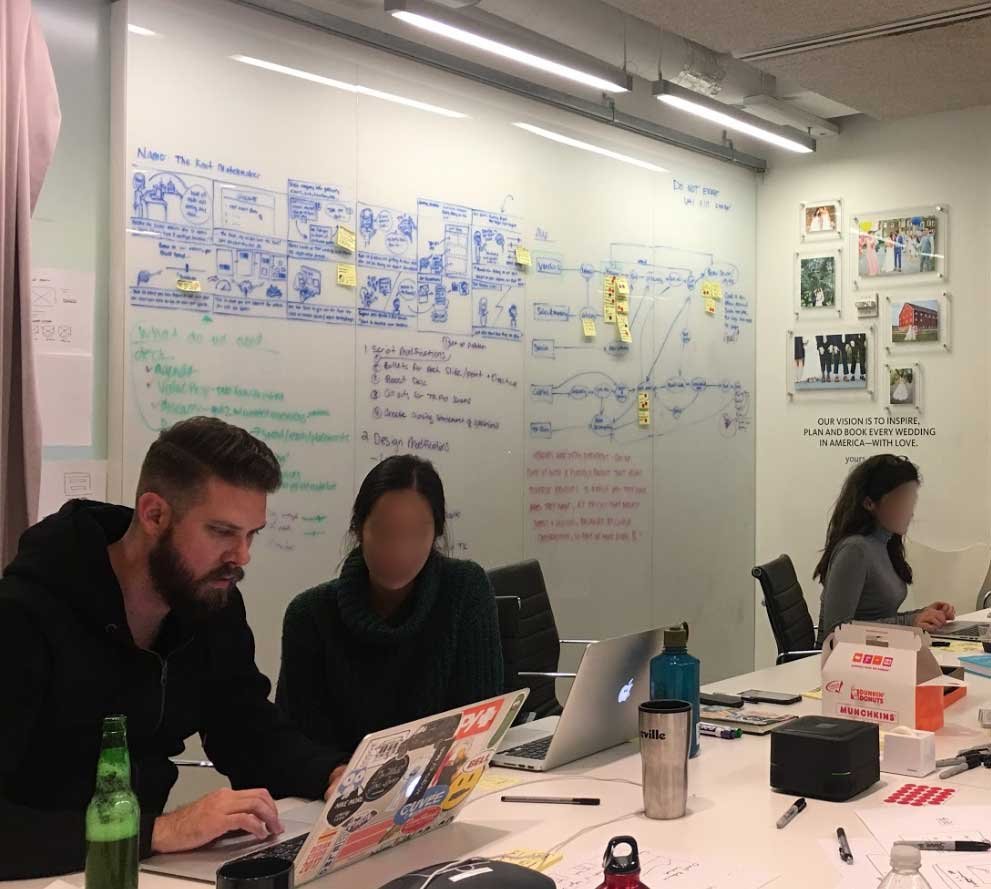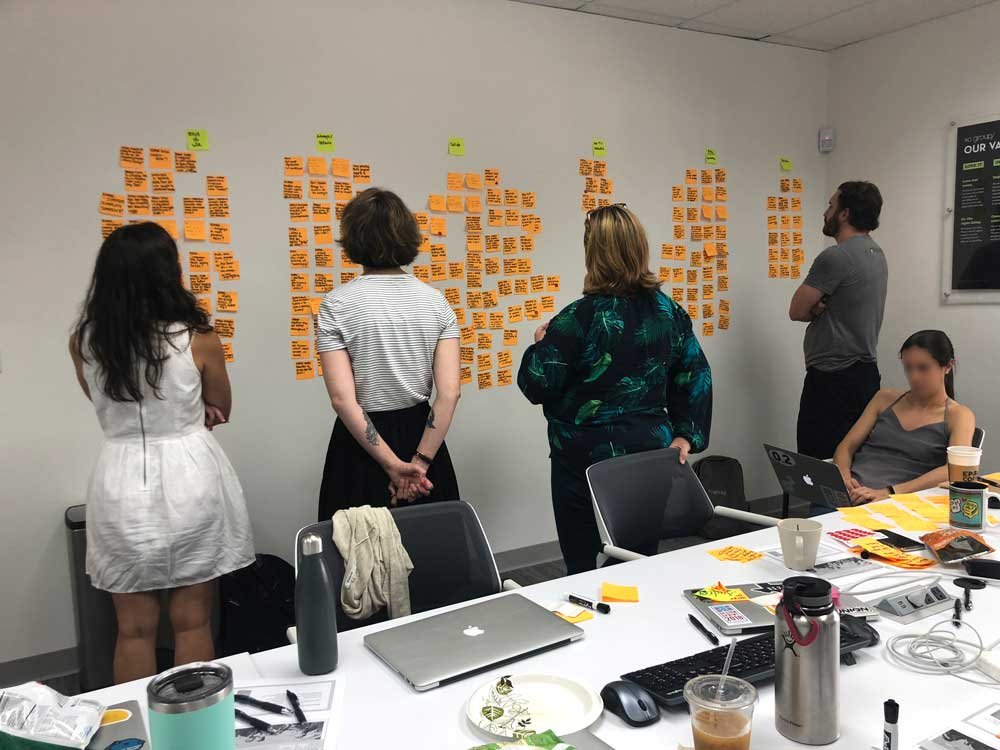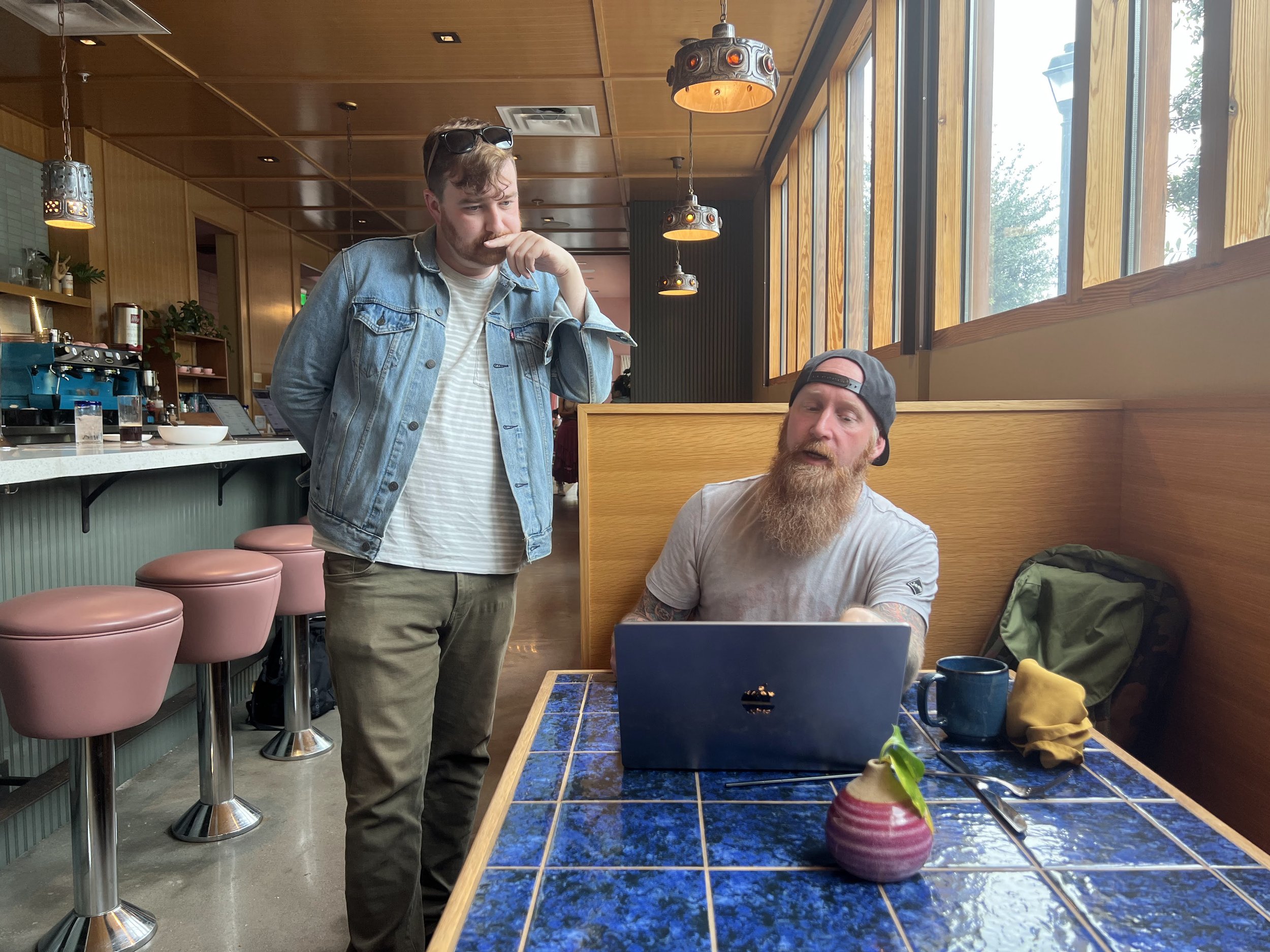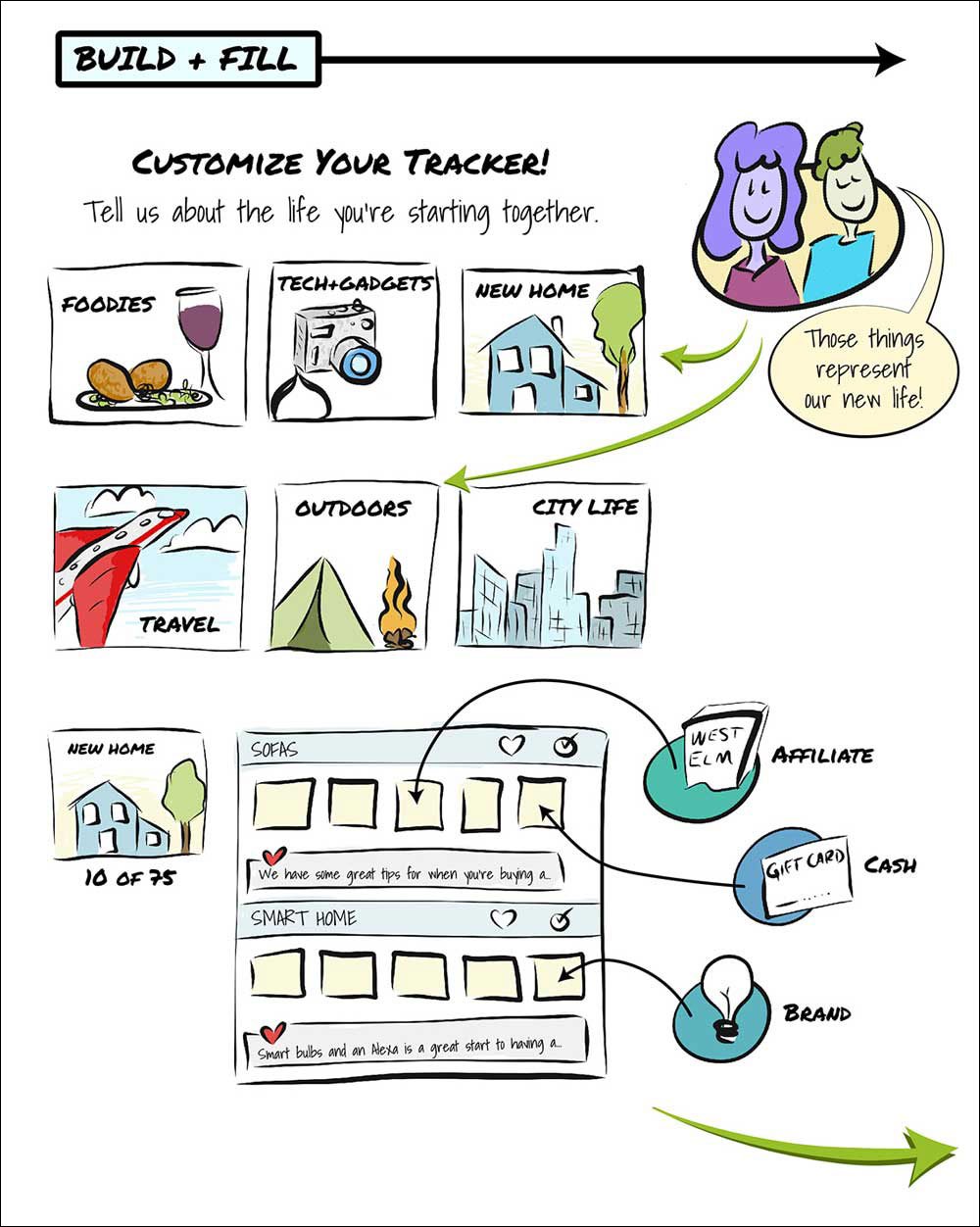Design Team Building
Hiring top Product and Marketing design talent has been a major part of my career for over 7 years. Scaling those teams to take on multiple different problem spaces is my sweet spot. My approach to attracting talent and keeping them has been proven to work by my 95% retention rate. I use the leader-leader method best defined by L. David Marquet in his book “Turn The Ship Around”, and it has paid off in not only building, scaling, and upleveling great teams, but keeping them engaged, efficient, and happy.
Design Manager Skills
Managed teams of 4-25, individual contributors and managers
Recruiting, hiring process/vetting, onboarding, and retention
Measuring team efficiency and individual manager and IC performance
Strategy and goal setting, communicating expectations clearly
Kind, fun, and inclusive





